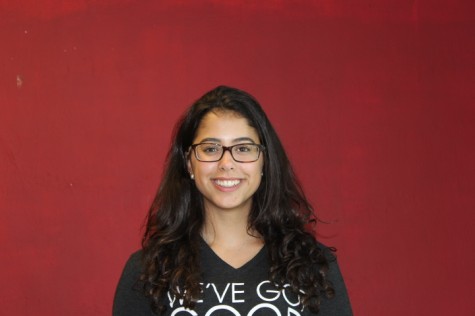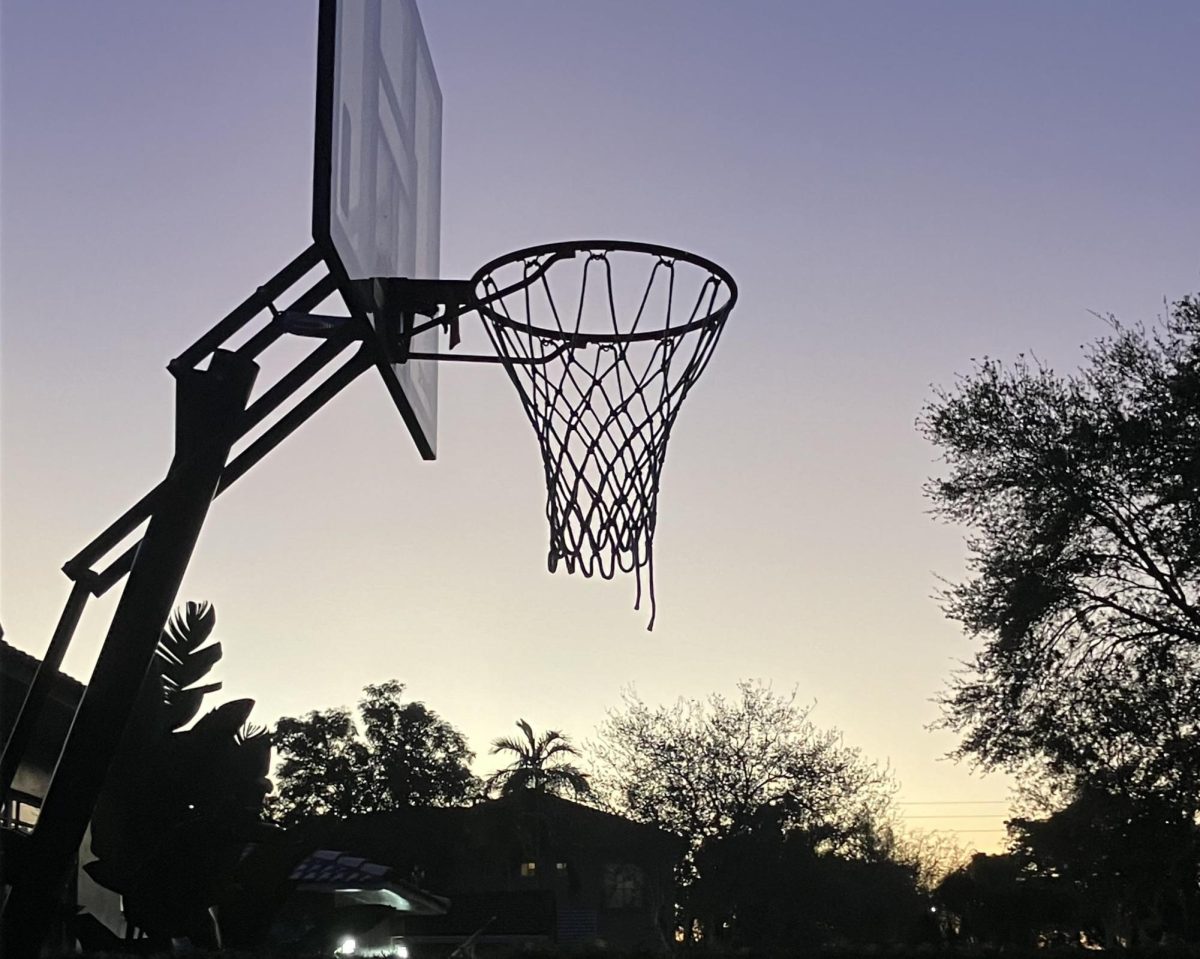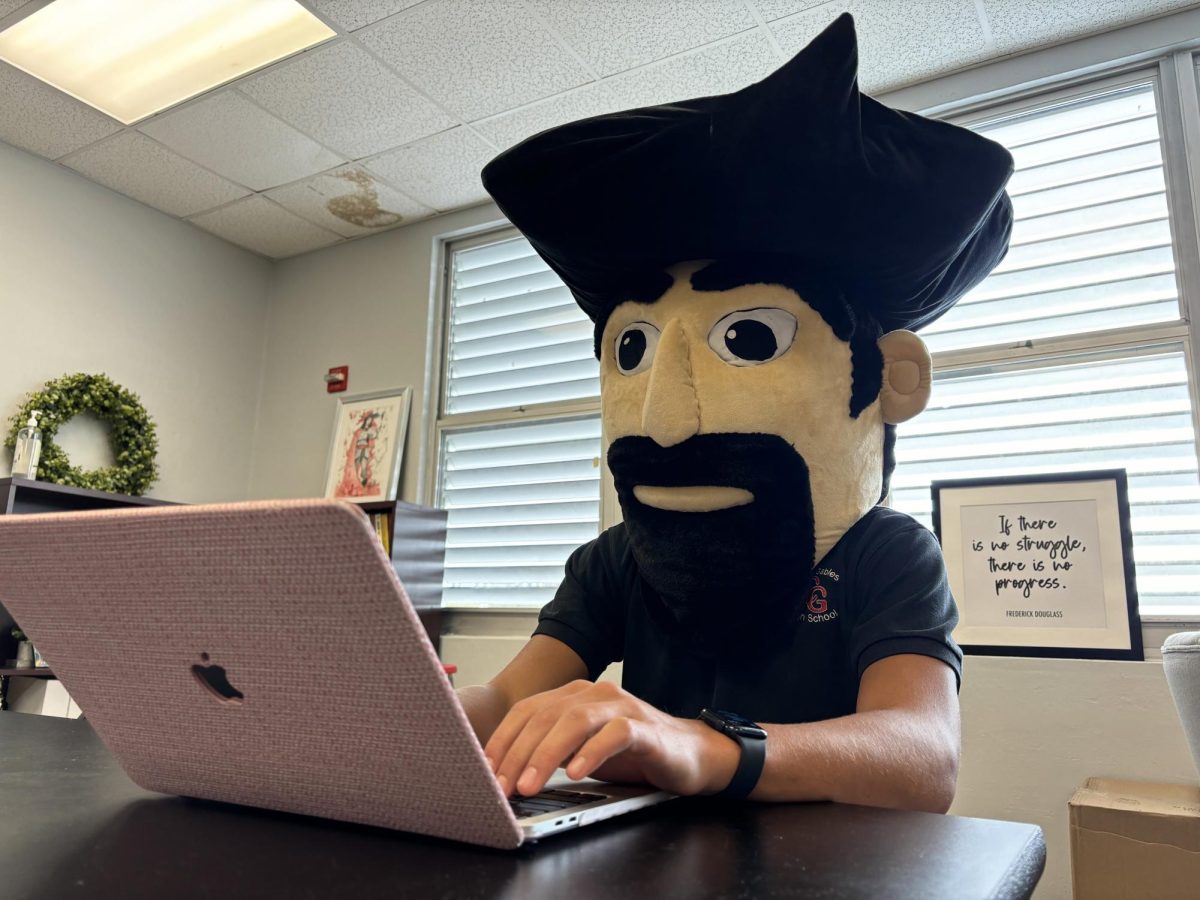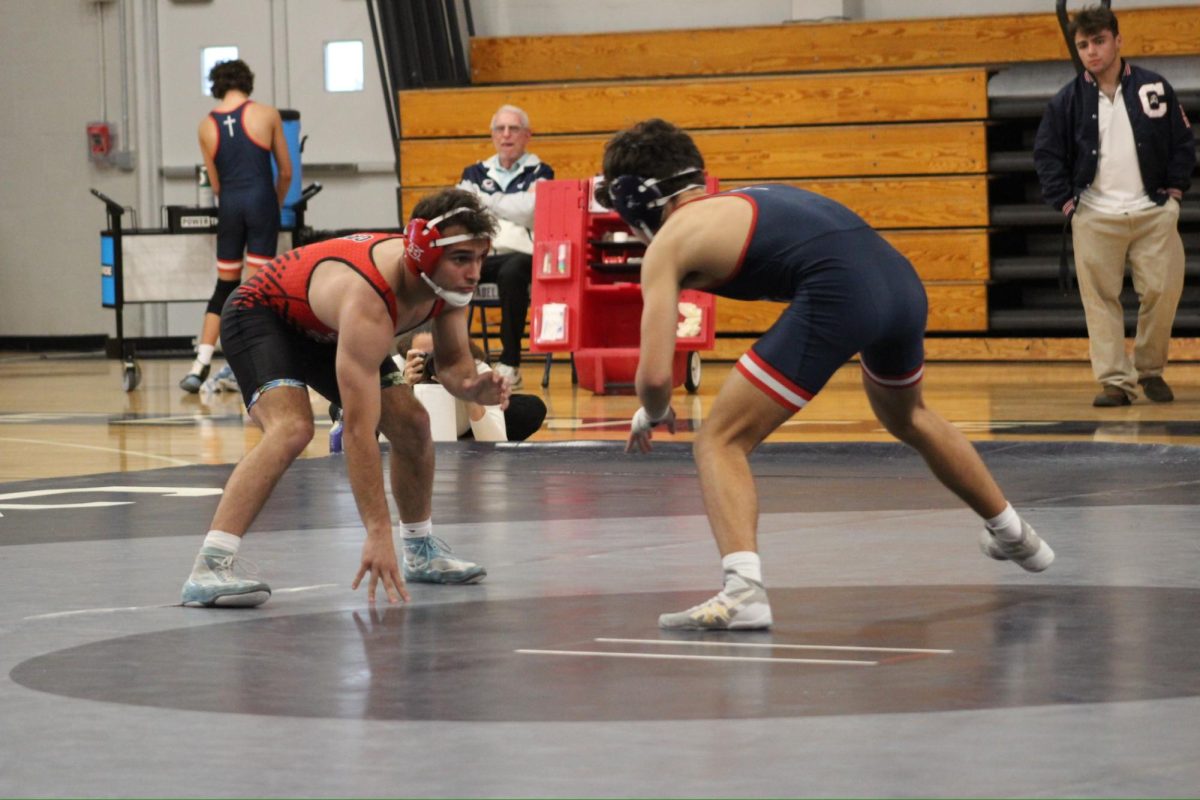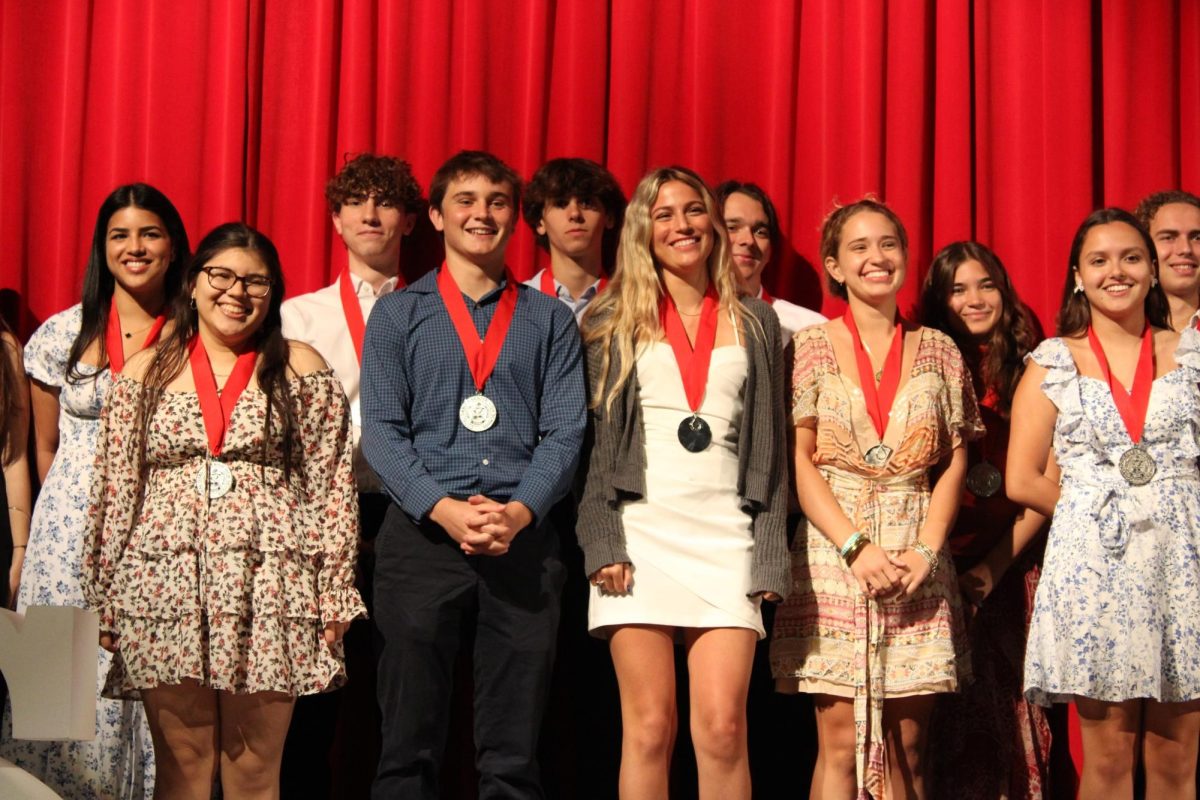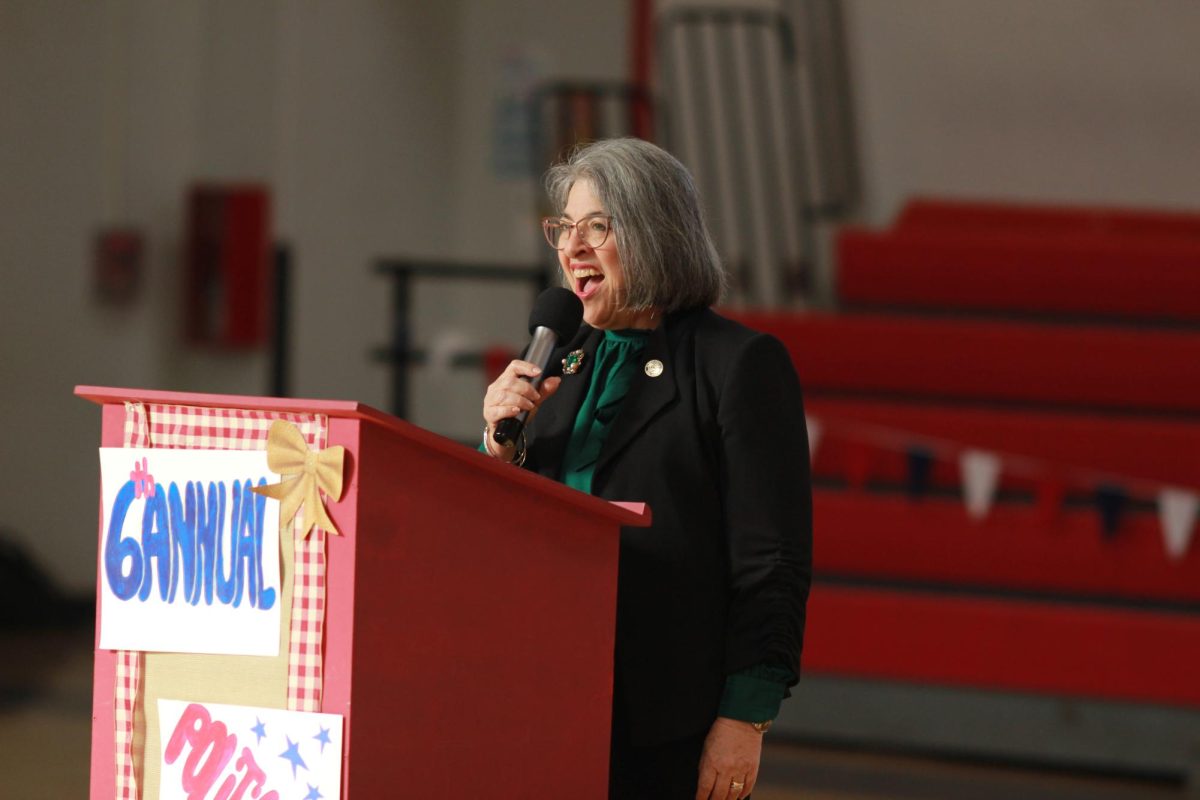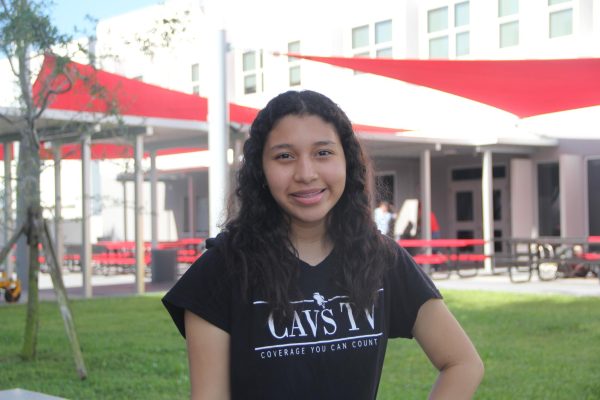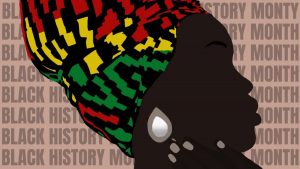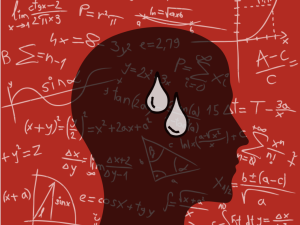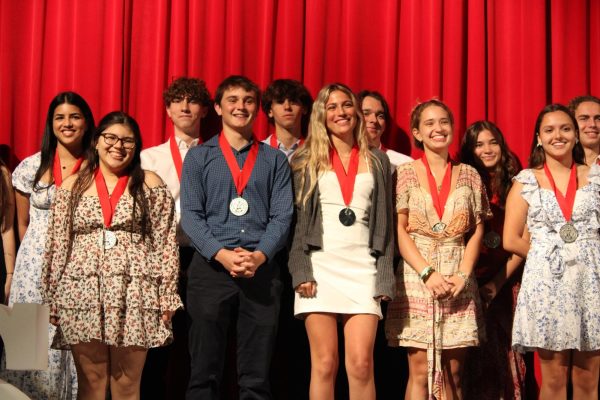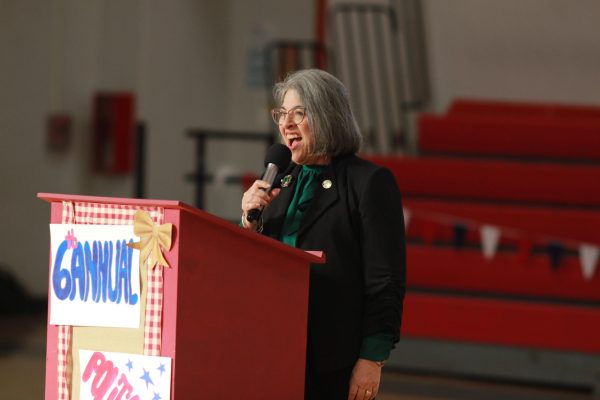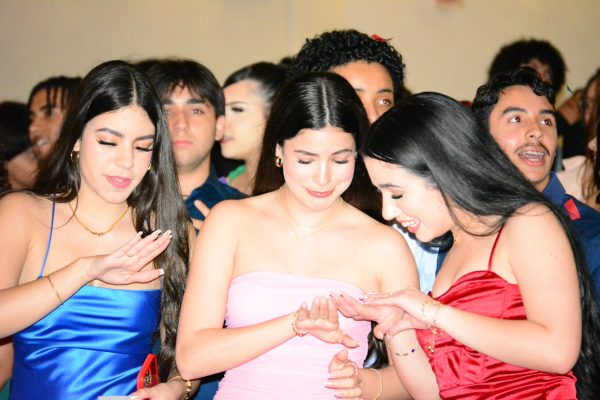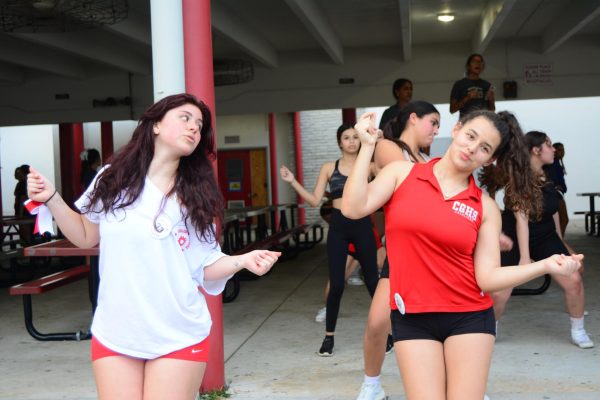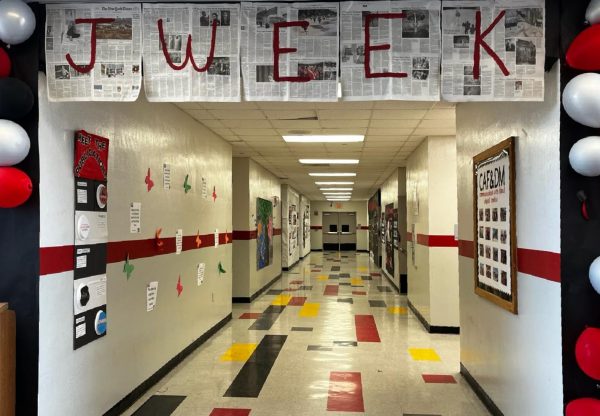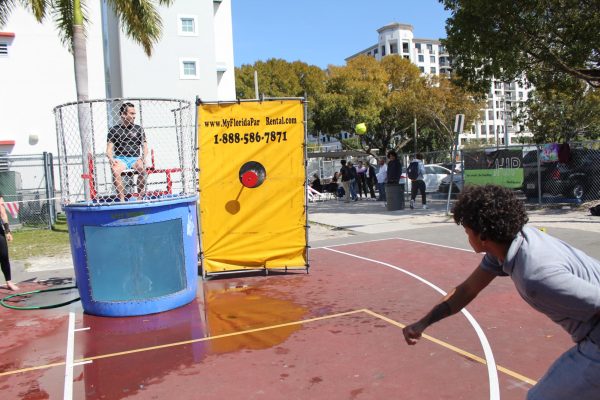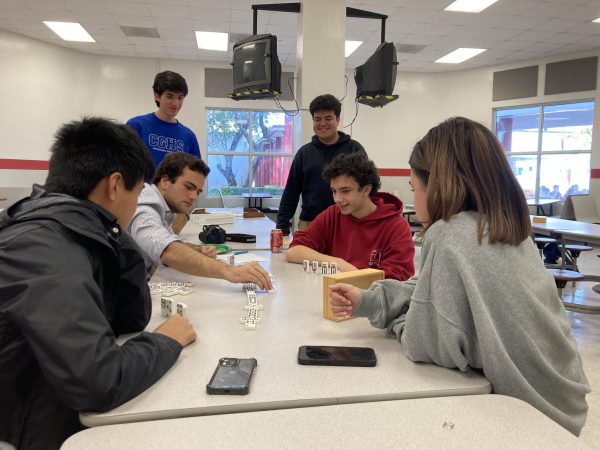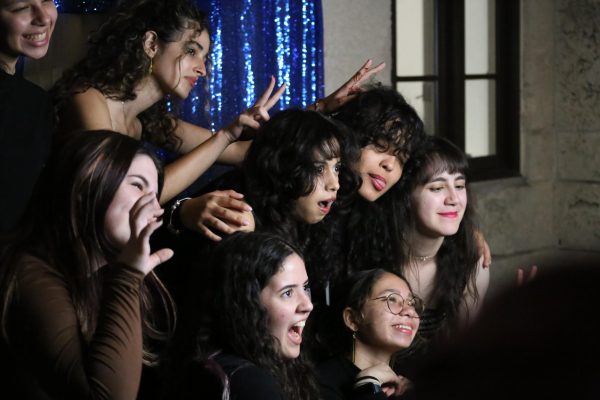A Donation to Science
May 22, 2014
The distinctive, yet horrendous smell of the science hall in the second floor was due to one thing and one thing only: organs. On May 19th-20th, first year med students from the University of Miami came to visit CGHS to speak to current Cavaliers about their interest in the medical field and expose them to human biology. This community outreach program teaches in a very special way; they get people involved through physically seeing and feelings the organs, which included the lungs, liver, heart and brain.
“It helps our students see things in their face. It’s all right there and there is no need to imagine anything,” science teacher, Ms.De la Vega said.
The club at the University of Miami known as COATS (Community Outreach and Teaching Services) visits an abundance of schools, mostly middle and high schools, every year with one sole purpose: get students excited in medicine. Mentioning some facts about science may not be the easiest way to get students actively participating in class, therefore, these med students decide that actually seeing an organ brings out the enthusiasm in each student. The organs are donated to them by people who died and made the choice to gift their bodies to science. An anatomy dissection is performed and some organs are kept preserved under a special fluid.
“It’s just how in a hospital with patients, they want their privacy and respect.We want to respect them as a gift rather than just a thing,”current UM student Lynn Nguyen said.
The organs are allowed to be touched if wearing a glove, but may not be photographed in order to respect the bodies of the donors. The speakers not only taught a few things about each organ, but also brought awareness. Students need to protect their own bodies, so they decided to talk about actions that affect the daily life of many. For instance, heavy drinking will cause liver problems and smoking will damage the lung as seen visually in the organs on display. They also included engaging activities into their lecture by allowing students to get a real sensation of how asthma feels like in the human body.
“It was my first time seeing and touching real organs, so I really enjoyed the experience. The instructors were informative as well as entertaining, and I’d like to one day be in the field,” senior Lauren Malic said.
This club has been visiting schools and partaking in different events each month for approximately eight years now and will hopefully continue to spread awareness and knowledge that this specific science brings. Medicine is a field that may be very alluring due to its engaging activity, but it also requires a strong passion for the human body.


